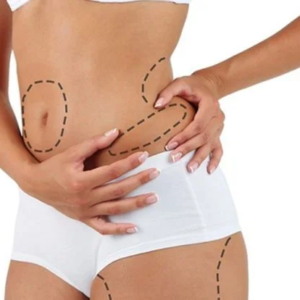What is body fat and what is its function

Fat is formed by adipocytes, the adipocyte is a cell of adipose tissue that has the task of synthesizing, storing and releasing lipids. Lipids can be differentiated according to their function:
- Storage lipids or triglycerides (95{0f06621096951f9dc163056155f07a521f5203f52e6b53917fd291a1b5b72857} of body fat)
- Cellular lipids have mainly a structural function: they are in fact the main constituents of cell membranes
- Lipids with biological functions that are of great physiological importance: hormones, intracellular messengers, pigments for light absorption, etc.).
But in short, what are lipids for?
- Energy reserve – can release a large number of calories more than sugars
- Mechanical protection for certain organs – heart, liver, kidneys, spleen, brain and spinal cord.
- Insulating layer from a thermal point of view – the subcutaneous deposit fats perform the important function of thermal insulation, especially from the cold
Once ingested fats are broken down into fatty acids and glycerine, if not used they are deposited in fat cells (adipocytes), forming what we call fat. The fatty acids are divided into saturated and unsaturated, the latter being those that our body is not able to synthesize and that, therefore, must necessarily be introduced with food and are found in olive oil, corn, soy and in cod liver oil. Useful for the protection of arteries and essential vehicles for vitamins (A, D, E, K, F).
When you lose weight, fat cells lose a certain amount of fat, reducing their volume. Unfortunately, however, the number of adipocytes cannot be reduced. This explains why suspended the diet, most of the lost fat is regained in the short term.

It’s not always as bad as it sounds.
But don’t judge too hard. There are circumstances in life when some extra body fat can also be beneficial.
Functions of body fat
Body fat serves as energy storage, padding against mechanical shocks, a coating against heat loss, building material for tissues and organs and as a vehicle for some vitamins and other important metabolism components, just to name a few.
Fat as an energy reserve
Food shortages have been a constant threat in the course of human evolution. Without fat as a powerful store of energy, humanity would have died out well before the Stone Age.
The abundance of food is a new phenomenon in the history of humanity; it has only existed for about a century, and only in some parts of the world. In abundance, our emergency mechanism works too efficiently and accumulates much more fat than we will ever need.
Critical periods in human life
A good supply of energy is particularly important in early childhood, in periods of illness or malfunction of the digestive system and in old age.
Childhood
Fat in children is insurance against transient energy shortages that can put growth at risk. During growth, fat is gradually reduced to the minimum level in early adulthood.
Disease
In times of illness, excess body fat appears to be beneficial. The so-called obesity paradox has been found in numerous medical studies. For example, patients suffering from heart disease are more likely to survive if they are obese rather than thin, although obesity is a well-known risk factor for these diseases.
Old age
During old age, all vital functions undergo a gradual decline. The energy supply is less efficient; therefore the lack of energy has more serious consequences than in previous periods in life. To compensate for this process, in the transition from adulthood to old age there is a shift from muscle mass to fat mass. The smaller muscles consume less energy, while larger fat deposits accumulate more energy that can be used in an emergency.




